Shasta daisies, Leucanthemum x superbum, are sun-loving perennials for USDA Hardiness Zones 4 to 9.
Their cheerful blossoms attract a variety of pollinators to the garden and provide an abundant supply of late-season flowers to cut and enjoy.

We link to vendors to help you find relevant products. If you buy from one of our links, we may earn a commission.
Generally considered low-maintenance, Shastas benefit from pruning to reduce legginess and appreciate a moderate quantity of moisture during the growing season.
And sometimes, despite tender loving care, they fail to bloom.
Our guide to growing Shasta daisies covers all you need to know to grow these plants in your outdoor living space.
This article zeroes in on why Shastas may fail to bloom.
Here’s what we’ll cover:
7 Reasons Why Your Shasta Daisy May Fail to Bloom
1. Age
It’s best to divide Shasta daisies every two to three years to support optimal flowering. Without dividing, mature plants struggle to obtain adequate nutrients as they experience overcrowding at the crown and root level.
Over time, Shastas develop woody centers that produce fewer flowers than the surrounding younger, softer shoots.
In early spring, you can lift your plants from the soil and divide the crowns using a sharp knife. Each new clump should have multiple stems with healthy roots attached.
Discard the non-productive woody center and replant the divisions.
See our guide to dividing Shasta daisies for complete instructions.
2. Excess Nitrogen
Often, we can be too generous to our plants when we apply fertilizer.
Shasta daisies may fail to flower if the nitrogen concentration in the soil is too high.
High nitrogen levels result in excess vegetative production with many leaves and few flowers.
If your plants produce copious quantities of lush foliage and few buds, test the soil nitrogen levels with a test kit such as the Luster Leaf Rapitest, available on Amazon.

Use a fertilizer with a nitrogen, potassium, and phosphorus (NPK) ratio of 0-10-10 when the first spring shoots emerge. Additional fertilizer during the growing season is unnecessary.

Liquinox 0-10-10 Bloom is available from Amazon in gallon-size containers. It supports healthy flowering without introducing nitrogen to the soil.
3. Growth Disruption
A failure to bloom may also be the result of stressful experiences that slow growth temporarily.

Examples include:
Using an early-spring pruning technique called the Chelsea Chop too late in the growing season for the foliage to regrow and bud.
Dividing later than early spring during the time when buds should be setting.
Foraging by herbivores, like deer and groundhogs, that chew stems, often down to the crown, causing shock and a possible failure to recover and bud in the current growing season.
A severe infestation of pests, like sapsucking aphids, that introduce diseases responsible for growth anomalies.
Don’t prune or divide later than early spring to ensure the plants have enough time to recover and resume growth. And monitor daily for signs of pests and pathogens.
4. Inadequate Sunlight
Shastas require full sun. Without it, they may produce few to no flowers.
Daisies are phototropic, meaning they turn toward the sun. When it is directly overhead, the stems are held upright beneath upturned blossoms.
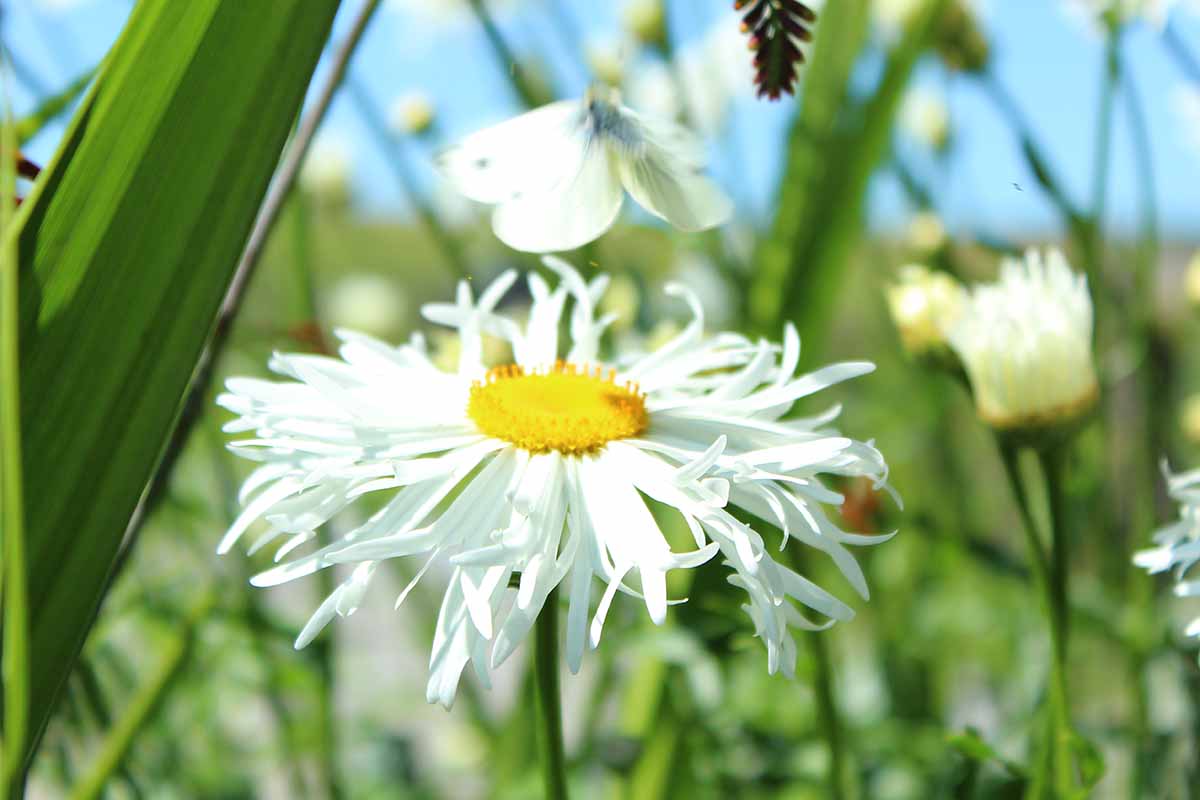
However, if sunlight is scarce, the stems stretch toward what little light they sense, becoming “leggy” and bent. In this stressed state and without adequate sunlight, it’s likely that blooming will be sparse.
If your flowers are desperate for sunlight, it’s best to relocate them.
Transplant in early spring. Lift clumps and replant in well-drained, moderately fertile soil in a location with a minimum of six hours of full sun per day.
5. Oversaturation
Shastas require free-draining soil and are drought-tolerant once established. An inch of water per week, rain included, is all that’s needed to fulfill the moderate moisture requirements of L. x superbum.
Shastas are prone to root rot if they grow in waterlogged soil. Water molds in the Pythium genus can cause root systems to suffer black rot and can ultimately lead to plant death.
Visible symptoms above ground may include slow growth, mushy stems, and wilted or yellowing foliage. Stressed foliage is unlikely to produce buds.
If you observe these symptoms, lift plants from the soil and examine the roots. Cut off and discard any discolored or damaged ones and replant in free-draining soil.
If there is extensive damage, dispose of entire plants in the trash and sanitize all gardening equipment, including your shoes, to avoid spreading pathogens throughout the landscape.
Planting in well-draining soil and avoiding overwatering are necessary to inhibit pathogens that rot roots and cause plants to fail to perform as expected.
6. Timing
L. x superbum typically blooms from July to September.
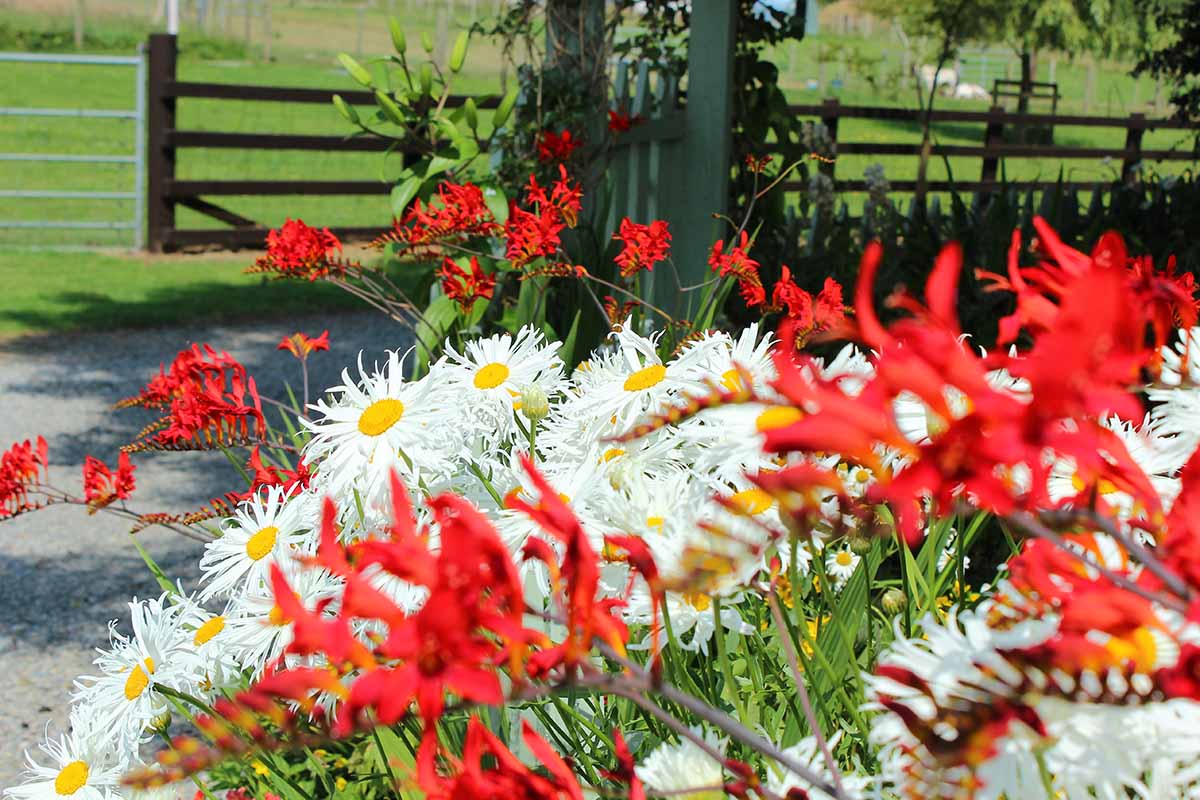
Although we may sometimes see blooms earlier or later, it’s crucial to assess whether it’s the right time for plants to flower before suspecting something is amiss.
Patience is required when it comes to late-season bloomers.
7. Weather Extremes
While we can’t control the weather, we can benefit from a better understanding of the effect of extreme conditions on plants.
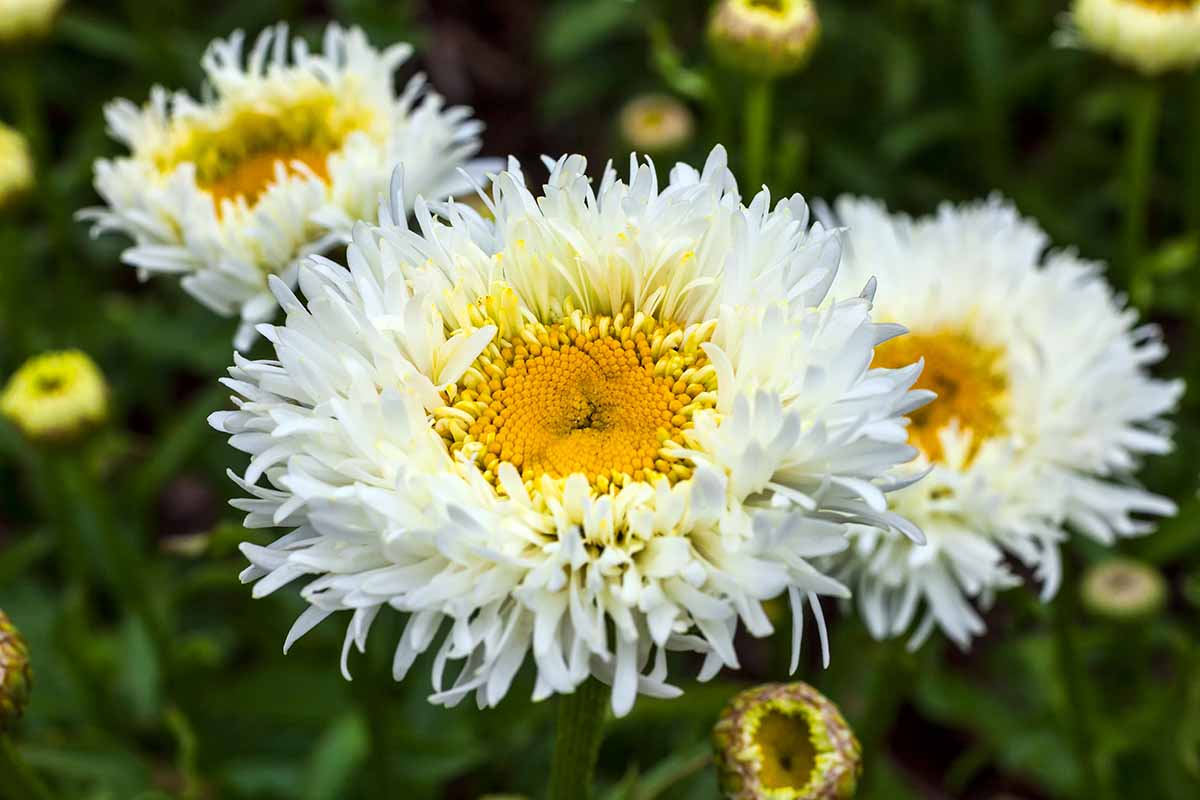
A prolonged dry spell and high heat may cause moisture stress, which can result in wilting and poor blooming.
Use a moisture meter to monitor your plants’ water needs. When rain isn’t in the forecast, supplement to avoid the ravages of moisture stress.
And while L. x superbum is hardy enough to withstand a snowy, cold winter underground, a late spring frost may stunt developing shoots. And an unusually early fall frost may kill developing buds before they can open.
If a cold snap is predicted, move potted plants into a shed or greenhouse and insulate outdoor Shastas with a tall cloche or fabric wrap.
You can purchase frost cloth by the foot from Arbico Organics.
Delightful Daisies
Now that we’ve covered seven common reasons why Shasta daisies may not flower, it’s time for you to assess what may be causing a failure to bloom in your garden and enjoy a lush flowering season to come.

If it’s late in the season, take out your garden planner and note the following proactive steps you can take to support next year’s plants.
Divide older, overcrowded plants in early spring. Relocate them to areas of the landscape that receive full sun.
When you apply fertilizer in early spring, avoid nitrogen-rich products.
Listen to the weather forecasts. Be prepared to provide supplemental water during heat waves and dry spells. And if an unusual late spring or early fall frost is predicted, insulate your plants to protect new shoots and developing buds.
Ensure that garden soil and containers drain well. Avoid overwatering to prevent soil saturation that can lead to root rot, foliar damage, and a failure to set buds.
These steps are sure to go a long way toward supporting a gorgeous flush of flowers next year.
What issues have you had with your Shasta daisies? Let us know in the comments section below!
If you found this article helpful, you may be interested to learn more about growing daisies at home in the following guides:
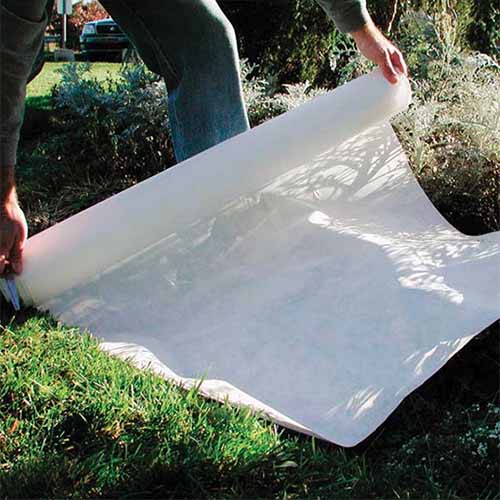
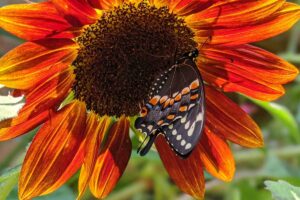

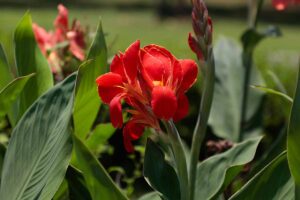
Due to my health, my shasta daisies have become very leggy because I couldn’t trim them in the fall. Now I have new growth coming up from the ground and on the end of the stems. I live in central New Jersey so we basically had no winter to speak of. Can I trim them now so that I only have the short new growth or leave it alone til fall?
Hi Pam –
We’re sorry to hear that you haven’t been well.
Yes, you can prune down the old growth to a height of about six inches for uniform, bushy plants. You can trim the new growth as well, if it has already exceeded six inches.
Health and happiness in the garden this year!
I have had my daisies for 2 years, have transplanted them as they grow. They produce beautiful leaves and look very healthy but they have not bloomed at all. I’ve used soil with fertilizer. Not sure what else I can do.
Hi Isabel, sorry to hear about your Shastas! I’ve managed to retrieve your picture and attached it here. What are you fertilizing them with? Given the abundance of foliage but lack of blooms, I suspect that the fertilizer may have too much nitrogen, which promotes lots of leafy growth but no flowers. You could try repotting into soil without fertilizer and then applying the product recommended in the article to see if that helps.
Hi I have beautiful bushy compact Shasta Daisy plants and lots of blooms, however I’m noticing light brown color on tips of some of the blooms. What could be causing this? The plants are a year old, planted in a lifted flowerbed with lots of direct sunlight in the morning and some shade in the evening as the sun sets. I fertilized them in Spring which is March I live in Zone 8A Virginia
Hi Susan – Daisy petals turn brown naturally as the flowers finish blooming. Brown tips that do not appear to be part of the natural aging process may be due to other factors, like too little water or over-fertilization. However, the lush foliage and abundant blooms you describe do not suggest either of these possibilities, nor do they exhibit signs of pests or disease. A late spring cold snap can have a detrimental effect on buds, but as your flowers have bloomed with vigor and are only now turning brown at the tips, this potential cause does not seem to… Read more »